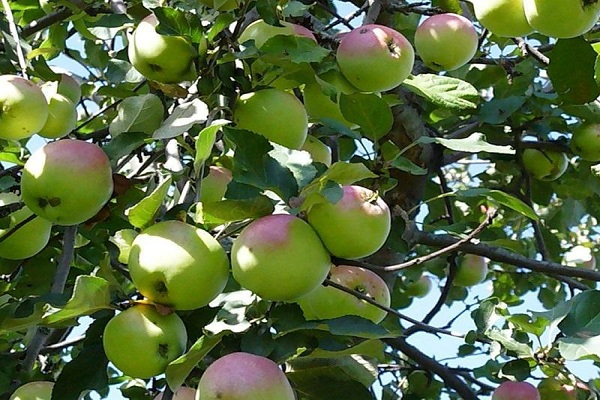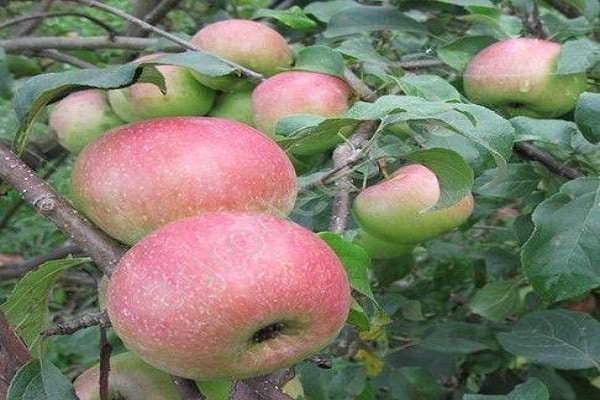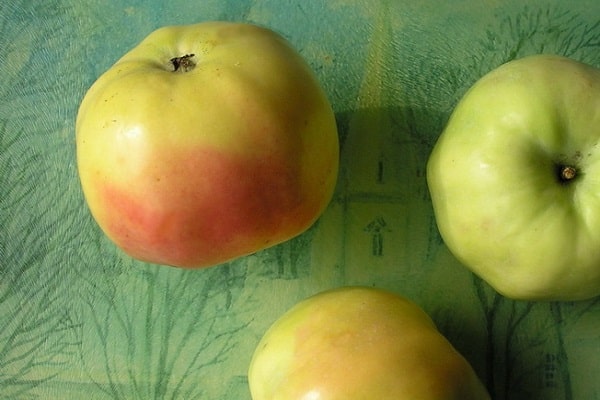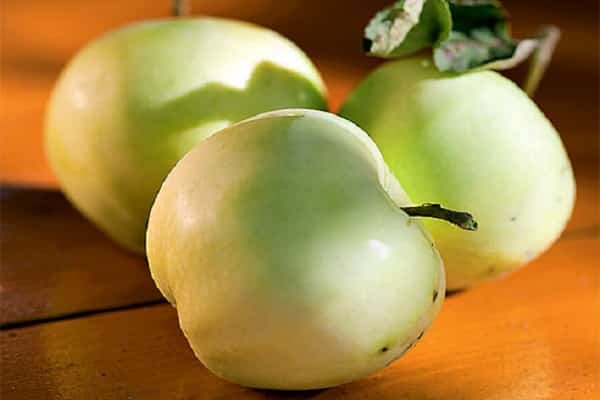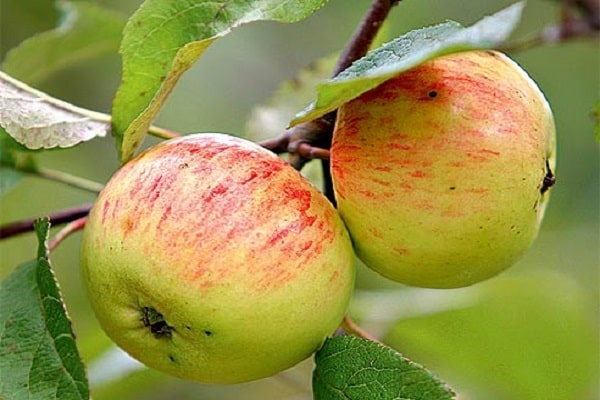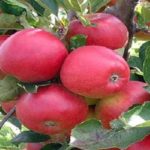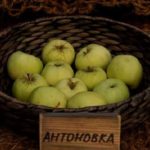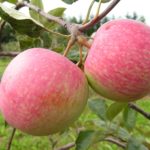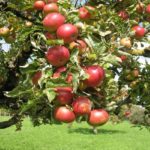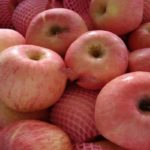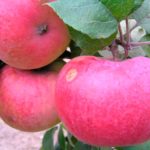Apple trees are considered almost the most common fruit trees among summer residents. The variety of varieties and universal use in cooking, as well as the high nutrient content of apples, all contribute to the fact that more and more gardeners prefer to grow these trees on their plots. The Babushkino apple tree is considered one of the oldest varieties of fruit trees that our grandmothers grew.
History of creation
The variety was bred in the 19th century in Russia. It is difficult to say exactly when the variety was bred. Information about apple tree selection has not been preserved. In the 20th century, the Babushkino apple tree was most often used for planting by industrial enterprises.
In modern times, the apple tree has been excluded from the state register of agricultural crops. But you can still find it in garden plots in Russia.
Description and features
You need to start with a description of the fruiting of the tree. The apple tree variety Babushkino is characterized by late fruiting compared to younger varieties. After planting, the tree bears fruit in the 8-10th year. It can bear fruit for up to 50 years. Refers to late winter crops with the dessert taste of apples.
The trunks are of medium height, the seedlings grow slowly. The crown is spreading, spherical. If the trees are not pruned, they reach a height of 5 m. The shoots are light brown.
Characteristics
The Babushkino apple tree has many advantages. Having studied the characteristics, you can compare them with younger hybrids and choose the most optimal option.
Advantages and disadvantages of the variety
Among the advantages of Babushkino are the following:
- Trees tolerate frosty winters.
- After harvesting, the fruits are stored for a long time in a cool room.
- They are distinguished by their immunity to scab and various types of rot.
- Taste qualities of apples.
The disadvantages of the variety include:
- The tree begins to bear fruit in the 8th year after planting the seedling.
- It is not every year that an apple tree produces a good harvest.
- At the end of summer the leaves fall.
The disadvantage of the Babushkino apple tree is late fruiting. Otherwise, it is no worse than other hybrids.
Productivity
The maximum yield obtained from an adult apple tree is 160 kg.But this happens extremely rarely. On average, up to 75 kg of apples are harvested from one tree.
Apples reach consumer maturity a few weeks after harvest. Then the fruits fully reveal their full taste and aroma. In addition, the fruits have a high tasting score, which is 4.6 points.
Ripe fruits are medium in size, weighing on average 150 g. The shape is round, the skin has slight ribbing. The peel is dense, yellow-red in color. The pulp is grainy and juicy.
Frequency of fruiting
One of the significant disadvantages of the Babushkino apple tree is the long period of growth and fruiting. Most varieties produce a harvest 3-4 years after planting the seedling. But Babushkino bears fruit at least 8 years after the seedling is planted in the soil.
Frost resistance
The tree is winter-hardy. Therefore, seedlings can be grown in the northern regions. Young seedlings are mulched before the onset of winter so that the fragile roots do not freeze. Adult plants do not require mulching.
Disease resistance
Among the diseases to which the tree has the greatest immune resistance are scab and various types of rot. In general, the variety is characterized by high immunity to most crop diseases.
For preventative purposes, trees are pruned in the spring and dry and weak branches are removed. In addition, apple trees are regularly inspected during the season.
Timing of flowering and fruit ripening
The trees begin to bloom in mid-May - early June. Babushkino apples are self-fertile. Therefore, pollinating varieties are planted next to the plant. Borovika, Papirovka, and Antonovka are used as pollinating trees.
You can pick ripe apples in the last days of September.At this time, the fruits reach full maturity.
Favorable regions for cultivation
Thanks to its versatility, the Babushkino apple tree variety can be grown in any region. Even in northern latitudes, plants grow well and produce a stable harvest.
Favorable regions for growing, as for most apple hybrids, are the central and southern regions. Winters in such latitudes are not frosty, unlike in the north, so the risk of plant death from frost is much lower.
Trees grow best on black soil. Depending on the growing region, the yield will vary. In southern and central latitudes it will be higher than in northern latitudes due to favorable climatic conditions. When planting this particular variety in the north, this fact is taken into account.

